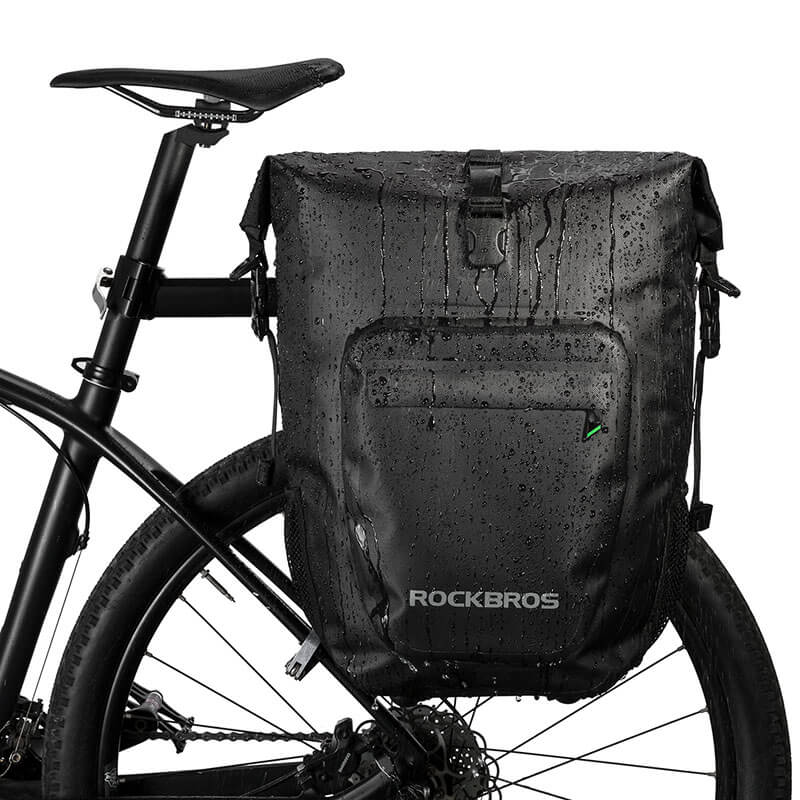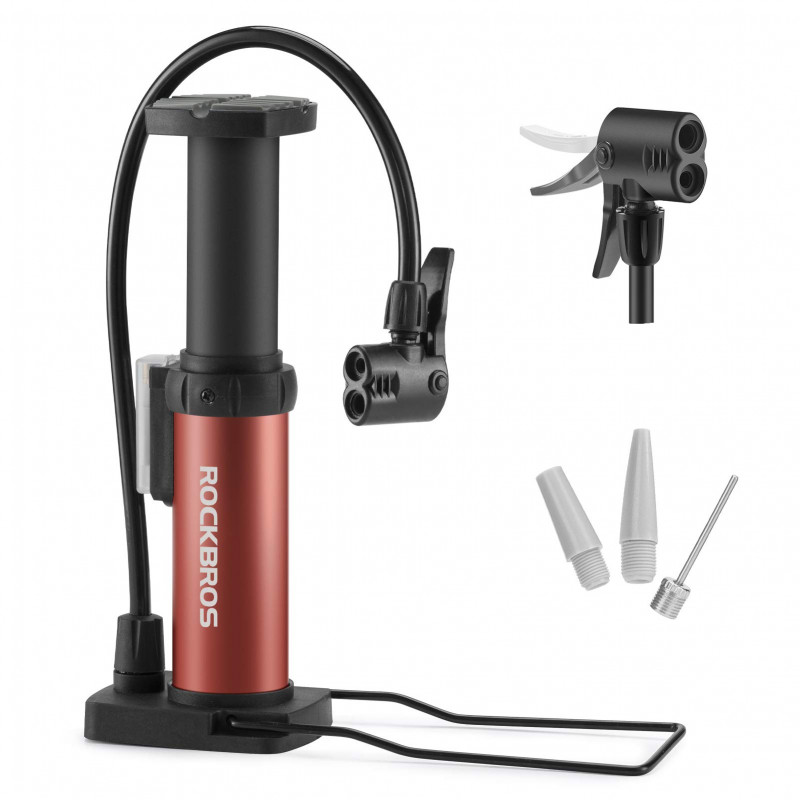What is the difference between bike and mountain bike?

Introduction
When it comes to two-wheeled transportation, bikes and mountain bikes are among the most popular options. While they share similarities, there are distinct differences between the two. In this article, we will explore the contrasting features, purposes, and performance of bikes and mountain bikes.
Definition of a Bike
A bike, short for bicycle, is a human-powered vehicle with two wheels, typically propelled by pedals. Bikes come in various styles, including road bikes, hybrid bikes, and commuter bikes. They are designed for general-purpose riding on paved surfaces such as roads, bike lanes, and city streets.
Definition of a Mountain Bike
A mountain bike, on the other hand, is a specialized bicycle designed for off-road adventures. It is equipped with features that enable it to handle rough terrains, such as trails, gravel paths, and mountains. Mountain bikes are built to withstand the challenges of off-road riding, offering increased durability and enhanced performance.
Design and Features
Frame and Geometry
One of the key differences between bikes and mountain bikes lies in their frames and geometry. Bikes typically have a lightweight frame made of materials like aluminum, carbon fiber, or steel, which optimizes speed and efficiency on flat surfaces. Mountain bikes, on the other hand, have a sturdier frame, often made of aluminum or carbon fiber, with a more relaxed geometry for improved stability and maneuverability on uneven terrains.
Suspension System
Mountain bikes feature a suspension system, which consists of front suspension forks and rear shocks. This helps absorb impact and provides better traction on bumpy trails. Regular bikes, on the other hand, usually lack a suspension system or have minimal suspension, as they are designed for smoother surfaces.
Gearing and Brakes
Mountain bikes typically have a wider range of gears to tackle steep inclines and descents. They also have powerful disc brakes that offer reliable stopping power, even in wet and muddy conditions. Bikes designed for regular use may have fewer gears and may feature rim brakes, which are lighter but less effective in challenging conditions.
Tires and Wheels
The tires and wheels on mountain bikes are wider and have more aggressive tread patterns compared to regular bikes. This provides better traction and stability on loose surfaces. Regular bikes have narrower tires with smoother treads, optimizing speed and efficiency on paved roads.
Purpose and Terrain
Biking Environments for Regular Bikes
Regular bikes excel in urban environments and are suitable for commuting, leisurely rides, and fitness cycling on paved surfaces. They are ideal for navigating city streets, bike paths, and parks.
Biking Environments for Mountain Bikes
Mountain bikes are specifically designed for off-road riding. They are perfect for tackling rugged terrains, such as dirt trails, rocky paths, and forested areas. Mountain bikes allow riders to explore nature, climb steep hills, and descend challenging descents with confidence and control.
Riding Style
The riding style differs significantly between bikes and mountain bikes. Regular bikes are optimized for a more upright riding position, promoting comfort and visibility in urban settings. Mountain bikes, on the other hand, have a more aggressive riding position, leaning forward, which enhances control and maneuverability on technical trails.
Performance and Speed
In terms of performance and speed, regular bikes are generally faster on smooth surfaces due to their lightweight construction and streamlined design. They are built for efficiency and speed, allowing riders to cover longer distances with less effort. Mountain bikes, while not as fast on paved roads, excel in rough and challenging terrains, offering superior traction and stability.
Comfort and Ergonomics
When it comes to comfort and ergonomics, regular bikes prioritize a more relaxed riding position and often come with features like suspension seat posts and ergonomic grips. Mountain bikes, however, prioritize control and stability over comfort, as they are designed to handle rugged terrains. Their frames and components are built to absorb shocks and vibrations, but a more upright and comfortable position may be sacrificed.
Maintenance and Durability
Both regular bikes and mountain bikes require maintenance, but the level of maintenance and durability can vary. Regular bikes generally have simpler mechanisms and fewer specialized components, making them easier to maintain. Mountain bikes, with their suspension systems and additional components, require more regular maintenance, such as shock and fork servicing. However, mountain bikes are built to withstand the demands of off-road riding and are generally more durable.
Price Range
Price is another differentiating factor between regular bikes and mountain bikes. Regular bikes are available in a wide range of prices, catering to different budgets. Mountain bikes, with their specialized features and components, tend to be more expensive. High-end mountain bikes can come with advanced suspension systems, lightweight frames, and high-performance components, leading to higher price tags.
Conclusion
In conclusion, the difference between a bike and a mountain bike lies in their design, purpose, performance, and features. Bikes are versatile machines suitable for general-purpose riding on paved surfaces, while mountain bikes are built for off-road adventures, providing enhanced durability and better handling on rough terrains. The choice between the two depends on the intended use, riding style, and terrain preferences.
FAQs
1. Are mountain bikes only for off-road riding?
No, mountain bikes are primarily designed for off-road riding but can also be used on paved surfaces. However, their features and design are optimized for rugged terrains.
2. Can a regular bike be used for mountain biking?
While it is possible to ride a regular bike on some mild off-road trails, it is not recommended. Regular bikes lack the necessary features and durability to handle more challenging terrains.
3. Which is faster, a bike or a mountain bike?
On smooth surfaces like roads, regular bikes are generally faster due to their lightweight design. However, on rough and uneven terrains, mountain bikes offer better traction and stability.
4. Are mountain bikes more expensive than regular bikes?
In general, mountain bikes tend to be more expensive due to their specialized features and components. However, there is a wide range of prices for both regular bikes and mountain bikes to suit different budgets.
5. Which type of bike should I choose?
The choice between a bike and a mountain bike depends on your intended use and the terrain you plan to ride on. If you primarily ride on paved surfaces and urban environments, a regular bike would be more suitable. If you enjoy off-road adventures and challenging terrains, a mountain bike would be the better option.









